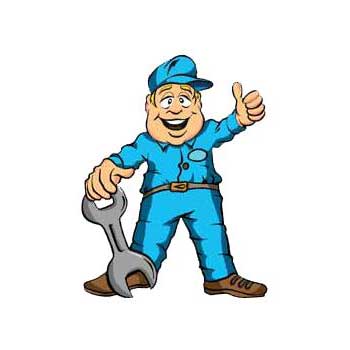Surface Preparation
99% of coating failure is down to poor surface preparation. It is vital that all of the following are removed prior to painting.
- Salt
- Grease and Dirt
- Loose flaking paint
- Loose surface rust
This can be achieved a number of ways,
Salt needs to be removed from the surface prior to any cleaning blast or mechanical cleaning of salty surface will push the salt into the steels surface.
Next degrease with a degreaser that does not leave an oily surface, all of Rustbuster’s degreasers are suitable for this purpose, any grease left on the surface can be blast or mechanically pushed deeper into the steels surface if not removed prior to rust removal.
Blast cleaning is obviously very effective but not always a practical option to remove rust and old paint in an auto restoration. Rustbuster surface treatment products will enable you to achieve the required surface preparation for a long life coating system.
- Industrial strength Salt removers CHLOR-X
- Industrial strength concentrated degreasers SP10
- Surface preparation abrasives and tools MBX
- Chemical treatments for rust removal PHOS-KLEEN
- Green acid free rust removers SAFER RUST REMOVER
- Green Caustic free degreasers SAFER DEGREASER
- Anti-Flash rust treatment BOR-8
- Phosphate treatment for steel PHOS-KLEEN
- Safety work wear and equipment
We offer concentrated degreasers, rust removers’ chemical and phosphate treatments all of which can be used out with the minimum of fuss. Care should be taken when dealing with rust removing chemicals so please take the time to have a look at the protection equipment at the end of this section of our web site. We strongly advise you wear safety equipment when using surface preparation products. For peace of mind and your health and safety consider using one of our SAFER solutions products.
Hand and power tool cleaning
Hand and power tool cleaning relate to scraping, chipping, wire brushing, sanding grinding and needle gunning.
Although not as effective as blast cleaning hand or power tool cleaning is often more practical during automotive restoration and where access for blasting is restricted or damage from abrasive would occur.
Wire brushing is a widely used surface preparation method, but it is only able to clean up an existing surface, it does not re cut a new profile. BS 7079: Part A1 defines standards of wire brushed finishes along with other hand and power tool cleaning methods as follows:
“Prior to hand and power tool cleaning, any heavy layers of rust shall be removed by chipping. Visible oil grease and dirt shall also be removed.
St2 – Thorough hand and power tool cleaning. When viewed without magnification, the surface shall be free from visible oil, grease and dirt, and from poorly adhering mill scale, rust, paint coatings and foreign matter.
St3 – Very thorough hand and power tool cleaning. As for St2, but the surface shall be treated much more thoroughly to give a metallic sheen arising from the metallic substrate.
St3 is usually only achieved by mechanical wire brushing and St2 is usually achieved by hand wire brushing.
Care must be taken to avoid over brushing a particular area causing burnishing, a condition with a highly polished surface which has an adverse effect on coating adhesion
SA 2.5
SA 2.5 is an internationally recognised standard of blast cleaning that leaves metal in a white condition with no signs of rust, this standard of rust removal and surface preparation can be achieved using an MBX bristle blasting tool or die Blaster. It is possible to achieve an improved surface profile of up to 70um with one of these wire brushing preparation tools. Such surface preparation will allow the paint coating to adhere better to the steel and improve the longevity of the coating system.




